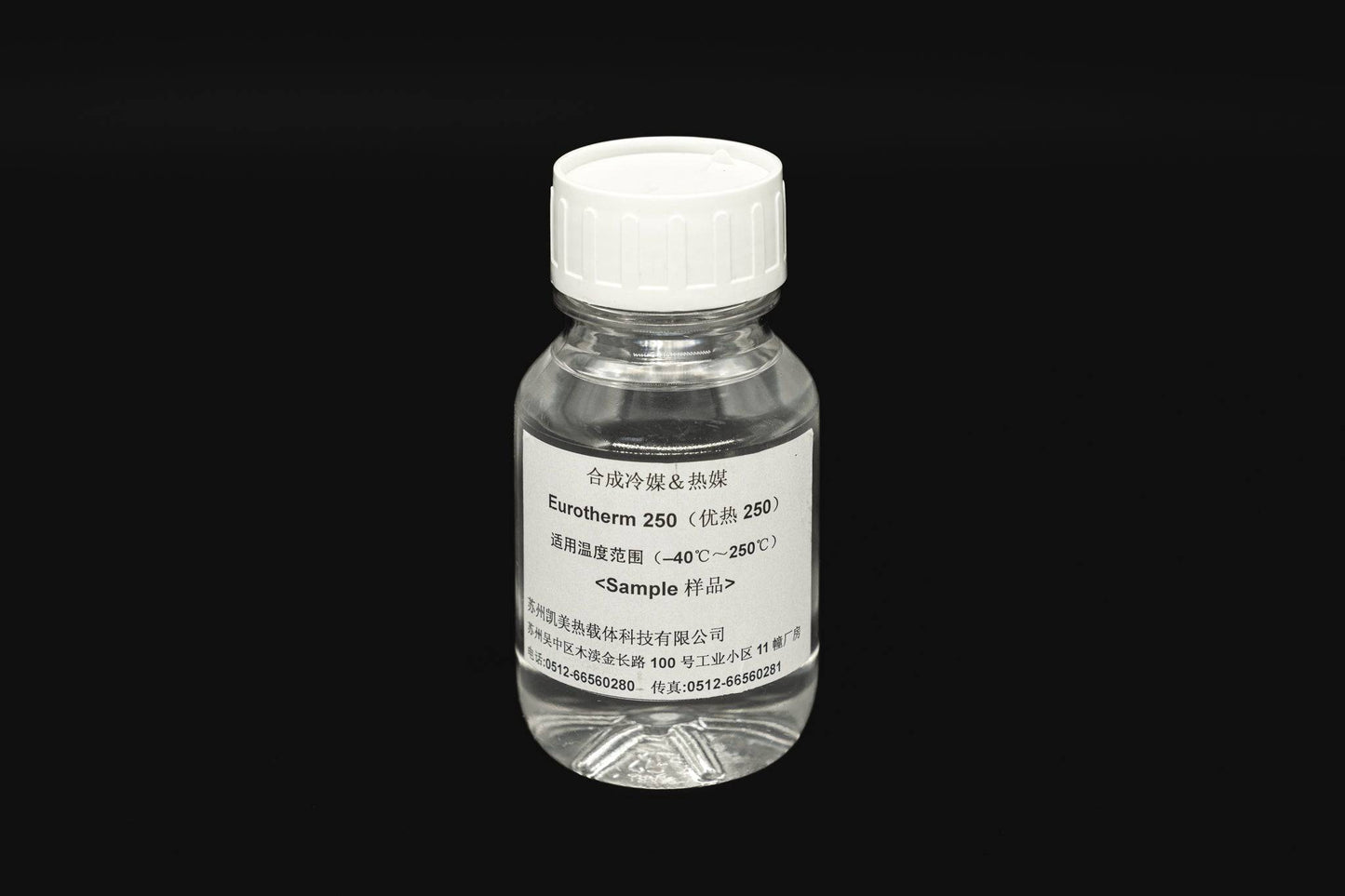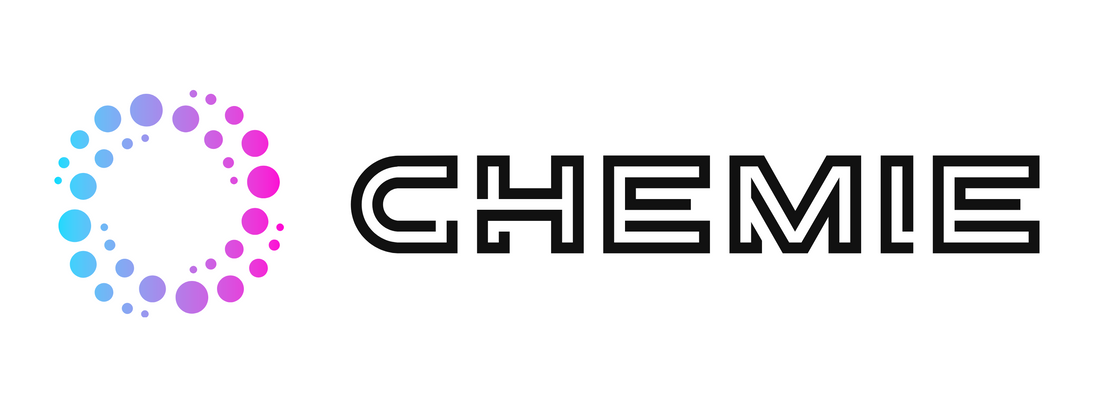An Unbiased View of Chemie
An Unbiased View of Chemie
Blog Article
The Facts About Chemie Uncovered
Table of ContentsThe Only Guide to ChemieFascination About ChemieAn Unbiased View of Chemie6 Easy Facts About Chemie DescribedThe Buzz on ChemieChemie Can Be Fun For Anyone
By Bojanna Shantheyanda, Sreya Dutta, Kevin Coscia and David SchiemerDynalene, Inc. Fluid air conditioning, which can be accomplished making use of indirect or direct methods, is utilized in electronics applications having thermal power thickness that may surpass safe dissipation with air cooling. Indirect fluid cooling is where heat dissipating digital elements are literally separated from the fluid coolant, whereas in situation of straight air conditioning, the elements are in straight call with the coolant.In indirect air conditioning applications the electric conductivity can be vital if there are leaks and/or spillage of the fluids onto the electronics. In the indirect air conditioning applications where water based liquids with rust inhibitors are generally utilized, the electric conductivity of the liquid coolant primarily depends on the ion concentration in the fluid stream.
The increase in the ion focus in a closed loop fluid stream might take place due to ion seeping from metals and nonmetal components that the coolant liquid is in call with. During operation, the electrical conductivity of the liquid might increase to a level which might be dangerous for the cooling system.
The Single Strategy To Use For Chemie
(https://www.indiegogo.com/individuals/38353167)They are bead like polymers that are capable of trading ions with ions in a remedy that it is in contact with. In the here and now work, ion leaching tests were executed with numerous steels and polymers in both ultrapure deionized (DI) water, i.e. water which is dealt with to the highest levels of purity, and reduced electric conductive ethylene glycol/water mixture, with the determined adjustment in conductivity reported over time.
The samples were allowed to equilibrate at room temperature for 2 days prior to tape-recording the preliminary electric conductivity. In all tests reported in this study fluid electric conductivity was measured to an accuracy of 1% using an Oakton disadvantage 510/CON 6 collection meter which was adjusted prior to each measurement.
The Chemie PDFs
from the wall surface home heating coils to the center of the heating system. The PTFE sample containers were positioned in the furnace when constant state temperature levels were reached. The test configuration was removed from the heater every 168 hours (seven days), cooled down to area temperature level with the electric conductivity of the fluid measured.
The electric conductivity of the fluid example was checked for a total amount of 5000 hours (208 days). Figure 2. Schematic of the indirect shut loop cooling down experiment set up - fluorinert. Table 1. Components used in the indirect shut loop cooling down experiment that touch with the fluid coolant. A schematic of the speculative configuration is received Number 2.

The Only Guide for Chemie
During procedure the fluid storage tank temperature was kept at 34C. The change in fluid electric conductivity was kept track of more information for 136 hours. The fluid from the system was collected and kept. Similarly, shut loophole test with ion exchange resin was accomplished with the exact same cleansing procedures utilized. The preliminary electric conductivity of the 230ml UP-H2O in the system measured 1.84 S/cm.

0.1 g of Dowex material was added to 100g of liquid samples that was absorbed a separate container. The blend was mixed and transform in the electrical conductivity at area temperature level was gauged every hour. The measured change in the electric conductivity of the UP-H2O and EG-LC test fluids having polymer or steel when engaged for 5,000 hours at 80C is revealed Figure 3.
Chemie for Beginners
Figure 3. Ion seeping experiment: Calculated adjustment in electric conductivity of water and EG-LC coolants having either polymer or steel examples when immersed for 5,000 hours at 80C. The results suggest that metals added fewer ions into the fluids than plastics in both UP-H2O and EG-LC based coolants. This can be because of a thin steel oxide layer which might work as a barrier to ion leaching and cationic diffusion.
Liquids including polypropylene and HDPE displayed the most affordable electrical conductivity modifications. This can be as a result of the short, stiff, linear chains which are less likely to contribute ions than longer branched chains with weak intermolecular forces. Silicone likewise carried out well in both test fluids, as polysiloxanes are generally chemically inert due to the high bond energy of the silicon-oxygen bond which would certainly avoid deterioration of the product right into the liquid.
Getting My Chemie To Work
It would be expected that PVC would generate comparable outcomes to those of PTFE and HDPE based upon the similar chemical frameworks of the materials, nevertheless there may be various other contaminations present in the PVC, such as plasticizers, that may impact the electrical conductivity of the liquid - dielectric coolant. Furthermore, chloride teams in PVC can also seep into the test liquid and can cause a boost in electrical conductivity
Buna-N rubber and polyurethane revealed indications of deterioration and thermal decay which recommends that their feasible utility as a gasket or adhesive product at greater temperature levels can cause application concerns. Polyurethane entirely broke down into the examination fluid by the end of 5000 hour test. Figure 4. Prior to and after images of metal and polymer samples immersed for 5,000 hours at 80C in the ion leaching experiment.
Measured adjustment in the electrical conductivity of UP-H2O coolant as a function of time with and without material cartridge in the closed indirect cooling loophole experiment. The measured modification in electrical conductivity of the UP-H2O for 136 hours with and without ion exchange resin in the loop is shown in Figure 5.
Report this page